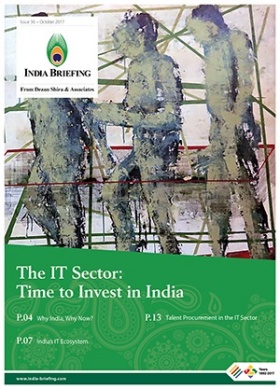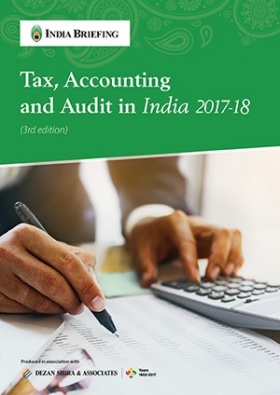New Foreign Trade Policy to Back-end Export Targets
Make in India. Digital India. Skill India. The list of slogans for the government’s economic initiatives is ever expanding. In this article, we examine exactly what these slogans and India’s foreign trade policy mean for foreign investment.
State Spotlight: Investing in Karnataka’s Manufacturing Sector
Karnataka is pushing for industrial growth in regions beyond the city of Bangalore, its central technology and innovation hub. With incentives for small and medium enterprises, in this article we look at the investment opportunities that exist for foreign companies.
Biotechnology Industry in India: Opportunities for Foreign Investment
India’s biotechnology industry is growing at an exponential rate, with the country’s bio-economy valued at US$4.3 billion at the end of 2013. In this article, we discuss the opportunities that exist in the industry for foreign investors.
Outsourcing BPO Services to India’s Lower-Tier Cities
With competition for business process outsourcing (BPO) services from other Asian countries, state governments in India are looking to encourage companies to invest in rural BPO centers. Here, we examine the advantages and disadvantages of establishing an office in a lower-tier city.
India’s FY 2015-16 Budget: Meaning and Implications for Foreign Investment
Although lacking the “big bang” that was speculated before its release, India’s budget for FY 2015-16 creates important opportunities for foreign investors through small but meaningful reforms. In this article, we outline the most important changes for foreign businesses in India.
Setting Up a Wholly Foreign-Owned Subsidiary Company in India
Under Indian law, foreign investors are able to establish wholly owned subsidiary companies (WOS) in the form of private limited companies if they operate in sectors that permit 100 percent foreign direct investment (FDI). In this article, we explain the process involved.
Using India’s Double Tax Agreements
India has taken a positive view when it comes to entering into Double Tax Agreements (DTA) with other nations – it now has over 90 such treaties, many of them recent. In this article, we highlight the DTAs India currently has in place and discuss how they can be used.
Navigating India’s Goods & Services Tax
The idea of replacing India’s current system of indirect taxes with a Goods and Services Tax (GST) was initially mooted in 2000. In this article, we analyze how the tax will be structured and discuss how it will be implemented.
















